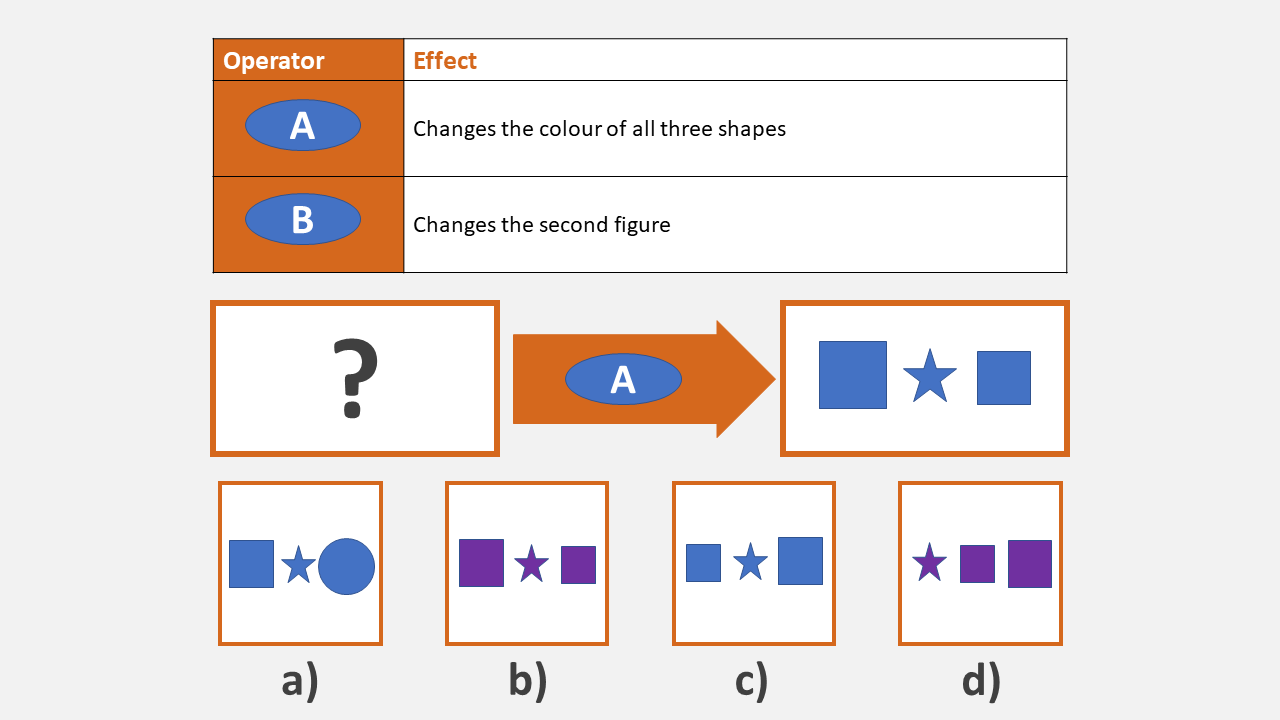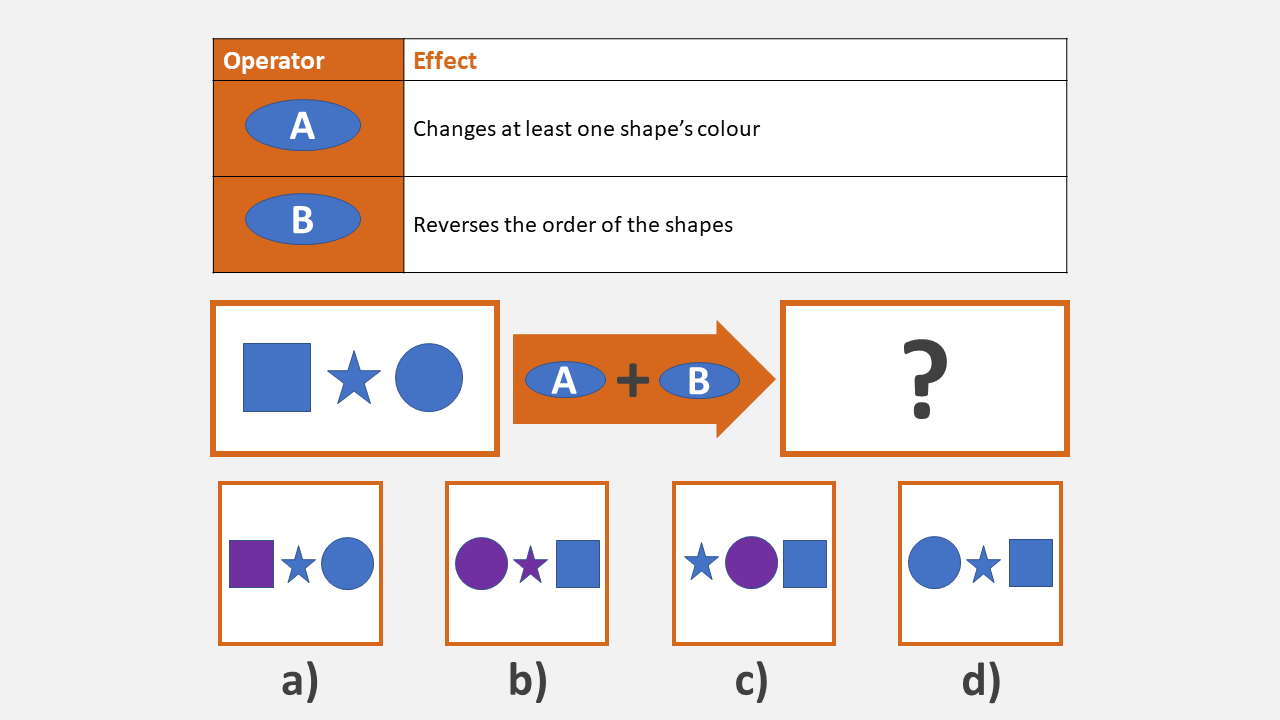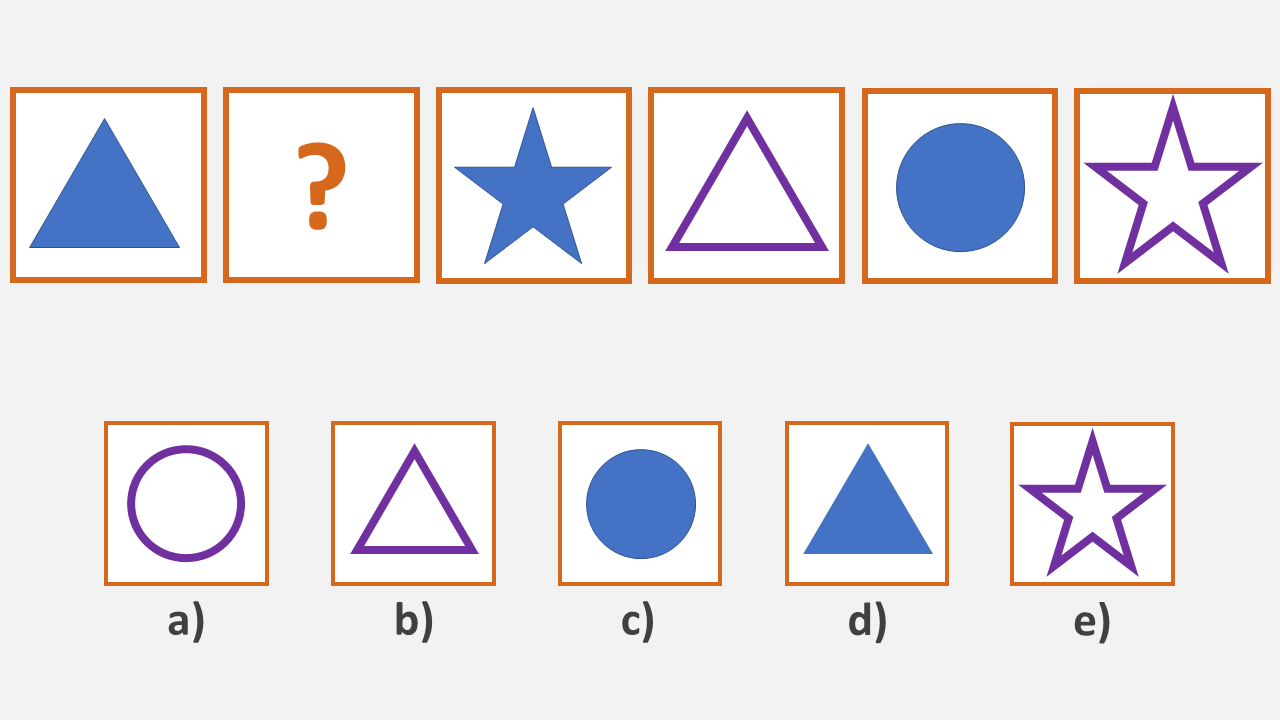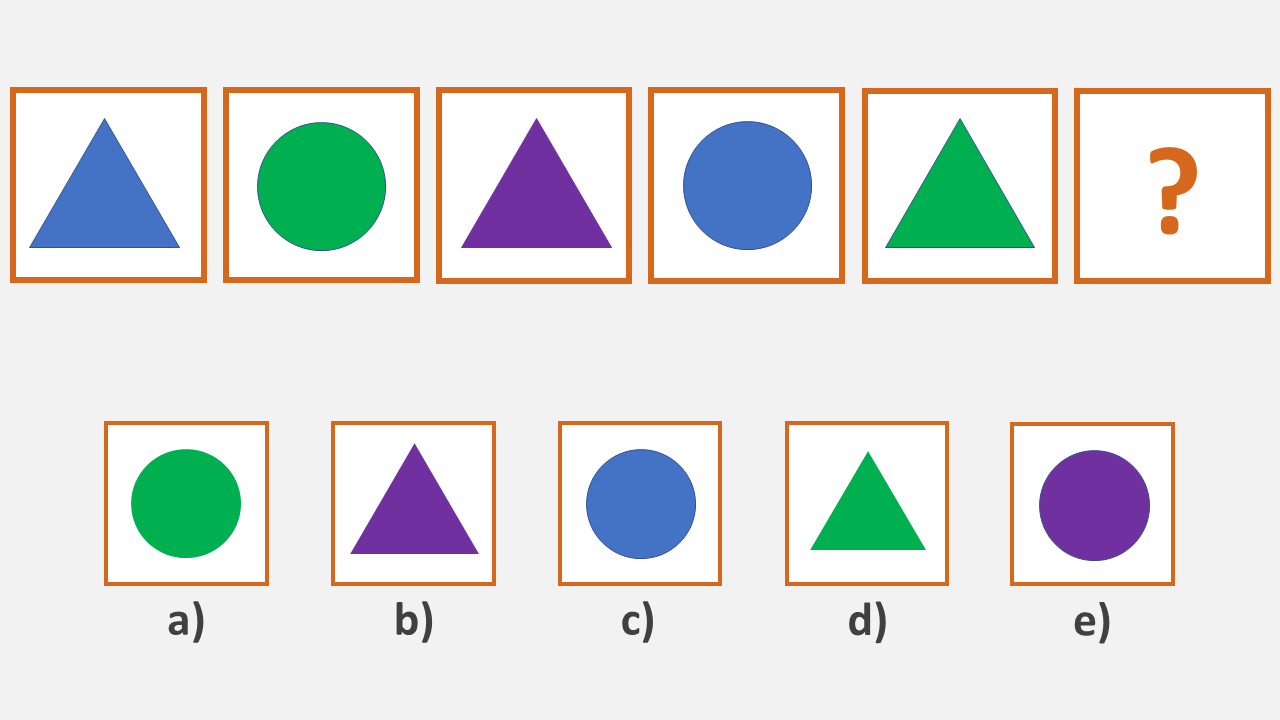A Guide to the Swift (Saville) Analysis Test: Tips & Example Questions (Updated 2025)
All products and services featured are independently selected by WikiJob. When you register or purchase through links on this page, we may earn a commission.
- What Is The Swift (Saville) Analysis Test?
- What Is Included in the Swift Analysis Test?
empty
empty
empty
empty
- Optional Swift Analysis Tests
- Example Questions from the Swift (Saville) Analysis Test (2025)
empty
empty
empty
empty
- How Is the Swift Analysis Test Scored?
empty
empty
empty
- Verbal Analysis Improvement Tips
- Numerical Analysis Improvement Tips
- Diagrammatic Analysis Improvement Tips
- How to Prepare For the Swift (Saville) Analysis Test in 2025
- Frequently Asked Questions
- Final Thoughts
The Saville Swift Analysis Test is one of a range of assessment tests designed by Saville Assessments/Saville Consulting. It is used to identify a job candidate’s ability in the key skills needed for high-level managerial positions.
It is a type of psychometric test that assesses verbal, numerical and diagrammatic reasoning ability.
The results are used to screen applicants as part of the recruitment process. It can also be used as a staff development tool to identify areas requiring improvement.
What Is The Swift (Saville) Analysis Test?
Saville Assessment produces a suite of psychometric tests. These tests are used to determine an individual’s skills and abilities.
Its comprehensive testing portfolio also includes behavioural questionnaires and situational judgement tests.
The Swift Analysis Tests focuses on three types of questions that assess reasoning ability:
- Verbal reasoning
- Numerical reasoning
- Diagrammatic reasoning
The saville swift analysis aptitude Test is used as part of the selection procedure to shortlist applicants.
It can also be used as a development tool to identify staff training needs within organisations.
Some top companies that use the Swift Analysis Test include:
- Nestle
- Deloitte
- Ernst & Young
- Mercedes Benz
- Barclays
- Aldi
The results indicate an applicant’s likely success and performance in a job role.
They are designed to suit candidates applying for high-level roles. For example managerial, executive and director positions.
Practice the Swift (Saville) Analysis Test with TestHQ
What Is Included in the Swift Analysis Test?
Candidates for the Swift Analysis test take a combined test measuring two or three different aptitudes.
These combinations are chosen from the verbal, numerical, diagrammatic and abstract reasoning tests.
Each component has a total of eight questions and a time limit of six minutes.
The complete Swift Analysis Test takes between 18 and 24 minutes to complete.
Combined Test Options
The suite of available tests combine the different components.
These include:
- Swift Analysis Aptitude – This contains the verbal, numerical and diagrammatic reasoning tests
- Swift Verbal and Numerical Analysis – This combines the verbal and numerical reasoning tests
- Swift Executive – This contains the verbal, numerical and abstract reasoning tests
Verbal Reasoning
This section of saville swift analysis aptitude tests the ability to understand written information and make logical deductions.
Candidates are presented with a paragraph of text. They must interpret the information to answer related multiple-choice questions.
Diagrammatic Reasoning
This section assesses the ability to analyse operators and apply them to the diagrams given.
Each question presents a series of diagrams with inputs and outputs. Candidates must choose the correct diagram that follows the operator rules given.
Numerical Reasoning
This section analyses numerical ability.
Candidates must interpret graphs, and financial and statistical data to answer questions.
Abstract Reasoning
Abstract reasoning tests a candidate’s logical abilities.
Questions present a series of diagrams. Candidates must identify the pattern and select the correct image to complete the sequence.
Optional Swift Analysis Tests
The hiring company may require additional tests to be completed as part of the Swift Analysis Test.
These include:
- Error-checking – This involves identifying and correcting verbal or numerical errors
- Mechanical testing – This tests the ability to interpret and solve mechanical problems
- Spatial testing – Questions test the ability to solve problems by visualising solutions
These are taken separately from the main Swift Analysis Test.
Example Questions from the Swift (Saville) Analysis Test (2025)
Here are some swift analysis aptitude test examples:
Verbal Analysis Practice Questions
Read the text and answer the questions below.
Sustainability Trends: Sustainability is increasingly important for consumers. Trends show a dramatic rise in the number of consumers demanding visibility regarding a product’s sustainability.
Concern for the environment and a deeper awareness of product life cycles have driven this change.
Brands are actively encouraged to focus on their messaging to demonstrate commitment to sustainability and the environmental impact of products.
1. How can brands demonstrate a commitment to sustainability?
a) Explain how their products impact the environment
b) Focus on their messaging to consumers
c) Produce sustainable products
2. Why is sustainability an important consideration for consumers?
a) It is a rising trend
b) Concern for the environment and awareness of product life cycles
c) They want to protect the environment
1.

2.

If you need to prepare for a number of different employment tests and want to outsmart the competition, choose a Premium Membership from TestHQ.
You will get access to three PrepPacks of your choice, from a database that covers all the major test providers and employers and tailored profession packs.
Look at the table and answer the questions below.
Monthly sales totals per employee
| Employee | January | February | March |
|---|---|---|---|
| A | £18,500 | £18,700 | £19,100 |
| B | £16,200 | £16,600 | £15,600 |
| C | £25,800 | £25,700 | £26,100 |
1. All employees increased their sales totals each month.
a) True
b) False
c) Cannot say
2. The total sales in March exceeded the total sales in January.
a) True
b) False
c) Cannot say

1. Which is the missing shape in the sequence?

2. Which is the missing shape in the sequence?

How Is the Swift Analysis Test Scored?
A mark is awarded for every question answered correctly. These marks are converted into a score out of 10 for each section taken.
Each section is scored between one and 10. A score of 10 demonstrates an exceptionally high ability.
A score of five indicates the candidate has outperformed 40% of the general population. A score of eight means they have higher potential than 90% of saville swift analysis aptitude test takers.
The test results are sent directly to the company that requested the assessment. A test report is then shared with the candidates to discuss the scores.
The higher the score, the more likely it is that candidates move to the next stage of the recruitment process.
Your potential employee will discuss your results and provide feedback. This identifies areas to improve on if you need to resit the test.
The test report is like an aptitude profile.
It includes:
- An introduction section
- The Swift Analysis total score
- Verbal analysis score
- Numerical analysis score
- Diagrammatic analysis score
- An illustration of speed and accuracy
- Hints on how to improve the score
Verbal Analysis Score
This score assesses a person's ability to understand and analyze written or spoken language.
It often includes tasks such as reading comprehension, vocabulary, sentence completion and critical reasoning.
Verbal analysis skills are important for roles that involve communication, problem-solving and interpreting written or verbal instructions.
Numerical Analysis Score
This score measures a person's ability to work with numerical information and solve mathematical problems.
It may include tasks related to arithmetic, algebra, data interpretation and quantitative reasoning.
Numerical analysis skills are essential in roles that require handling financial data, making data-driven decisions or performing calculations accurately.
Diagrammatic Analysis Score
This score evaluates a person's ability to interpret and analyze visual information in the form of diagrams, charts, graphs and other visual representations.
It often involves tasks such as pattern recognition, spatial reasoning and logical deduction.
Diagrammatic analysis skills are relevant in jobs that require visual problem-solving, data visualization and understanding complex visual data.
- Accuracy – Accuracy looks at the total number of questions you answered correctly.
- Speed – Speed tells you how fast you were at answering the questions, whether they were correct or not.
- Caution – This shows how much weight accuracy is given over speed and looks at which you prioritized.
- Total score – The total score is based on the assessment as a whole and takes all of your correct answers into consideration.
The seven sections scored on the aptitude profile are:
- Verbal – This score tells you how well you performed in the verbal section of the test. It considers how many you answered within the time limit and how many were correct.
- Numerical – This score tells you how well you performed in the numerical section of the test. It also considers how many you answered within the time limit and how many were correct.
- Diagrammatic – This score tells you how well you performed in the numerical section of the test. It also considers how many you answered within the time limit and how many were correct.
- Accuracy – Accuracy looks at the total number of questions you answered correctly.
- Speed – Speed tells you how fast you were at answering the questions, whether they were correct or not.
- Caution – This shows how much weight accuracy is given over speed and looks at which you prioritized.
- Total score – The total score is based on the assessment as a whole and takes all of your correct answers into consideration.
Verbal Analysis Improvement Tips
The verbal section of the assessment is designed to look at your ability to understand and infer information from texts.
There are a few things that you can do to practice these skills ahead of the test:
Take verbal reasoning and verbal comprehension practice tests to identify key weaknesses to work on.
Look up any unfamiliar words you come across to improve your vocabulary and understanding.
Practice identifying the key details within a variety of texts such as newspapers, books and manuals.
Look at something you have previously written and try rewriting it to be more concise but still contain all of the important information.
Numerical Analysis Improvement Tips
When taking the numerical section of the assessment, the focus will be on your mathematical abilities as well as your understanding of numbers.
If your current job does not involve analysing data then this may be a skill that is unfamiliar to you. There are some things which you can do ahead of the test to improve your skills and boost your confidence:
When practising example questions, try to complete them without a calculator before checking the answers. This will help to improve your mental arithmetic skills.
Notice statistical and numerical information in the news and other publishings and focus on understanding how the data is explained and what it means.
If possible, check calculations that have been done by others. If you are unsure as to how they have been done, ask for them to be explained to you.
Practice online numeracy and numerical reasoning tests to provide structure to your revision.
Diagrammatic Analysis Improvement Tips
There are many things that you can do to improve your understanding of diagrammatic questions:
Practice logic puzzles and questions in newspapers and magazines.
Familiarise yourself with different types of diagrams and flowcharts within the workplace.
Take note of when diagrams are used in books and other publishings as this will help you to understand their purposes and uses.
Practice using diagrams yourself to show a relationship or illustrate a point.
Try these diagrammatic reasoning tests to see how strong your skills are.
How to Prepare For the Swift (Saville) Analysis Test in 2025
To get the best results it is important to prepare well in advance of taking the swift aptitude test.
There are plenty of ways to help you prepare for each section of the swift aptitude test. Some useful ideas are provided below.
Step 1. Take Practice Tests Online
The best way to improve your speed and accuracy is to take Swift Analysis aptitude practice tests online.
This prepares you for the style of questions and increases your confidence.
Use the results to identify areas of strength and weakness. This shows you which sections you need to focus your study on.
Step 2. Revise Subjects Included In the Test
There are plenty of ways to help you prepare for each section of the test. Some useful ideas are provided below.
- Verbal revision ideas – Read a range of books and articles. Try to identify the main points and themes given in written information. Research any unfamiliar words. Practice writing more concisely.
- Numerical revision ideas – Practice calculations with and without a calculator. Practice percentage change questions. Pay attention to numerical data.
- Diagrammatic revision ideas – Study flowcharts. Do a variety of logic puzzles. Examine and interpret diagrams in texts.
Step 3. Do Timed Practise Tests
The Swift Analysis test is timed. Practice sample questions under a time constraint as part of your preparation process.
This improves your ability to judge how long you need to spend on each question. You will feel less pressure when you sit on the real thing.
During the test try not to spend too long on each question. Choose your best answer from the available options and move on.
Step 4. Improve Your Wellbeing
Don’t take the Swift Analysis assessment when you feel tired, hungry or thirsty.
Your score will be negatively affected if you aren’t feeling at your best. Instead, take some time to focus on your wellbeing.
Get at least seven hours of sleep each night, eat a balanced diet and exercise.
This helps you perform at your optimum on test day.
Step 5. Use the Correct Equipment
All saville swift analysis tests must be completed online using a desktop or tablet. They cannot be accessed on a mobile device.
Check your browser is up to date before commencing the test. If you lose your internet connection, your answers will be saved until you can reconnect.
Remember to have a notepad, pen and a calculator to hand during the test. Taking notes can help you process information displayed in the test.
Step 6. Monitor Your Progress
Create a timetable to stick to whilst preparing for the swift psychometric test. This will help you keep your learning on track.
Record your progress in each section to help you plan which areas need more focus.
You may find that one section is more difficult. Organise your schedule to concentrate on improving that area and celebrate your progress.
The Saville Swift Analysis Aptitude Test is a psychometric test designed by Saville Assessment. It is used by employers to screen applicants for vacant positions and as a staff development tool.
The test analyses verbal, numerical, diagrammatic and abstract reasoning abilities.
The Swift Analysis Aptitude Test can feel challenging. It is designed for candidates applying for managerial-level positions.
These roles attract high-quality applicants. The test helps hiring managers reduce the applicant pool before the interview stage of recruitment.
You can prepare for the Swift Analysis Aptitude Test by taking tests online at several sites, such as TestHQ.
Practising the format and style of the test is essential to achieve the highest score possible.
Yes, you can fail the Swift Analysis Aptitude Test. That is why thorough preparation is advised before sitting the test.
This helps you perform to the best of your ability and achieve a good score.
It is possible to retake the Swift Analysis Aptitude Test. However, this decision remains with the employer.
The Saville Assessment Swift Analysis Aptitude Test is a timed test. Each section has a time limit of six minutes. The total test takes 18 minutes to complete.
You can take a practice test for Swift Analysis Aptitude online at various sites, such as TestHQ. It is important to practise questions for each section you will be taking.
You can find a free example of the swift analysis aptitude practice test on TestHQ.
It is difficult to cheat on the Swift Analysis Aptitude Test. Although the test is generally taken online from home, employers may ask candidates to complete the test on-site.
The purpose of the Swift Analysis Aptitude Test is to identify suitably skilled candidates for managerial-level job roles.
The abilities tested include verbal, numerical and diagrammatic reasoning.
The passing score for the Swift Analysis Aptitude Test is set by the employer.
It is important to achieve the highest score possible with adequate preparation and practice.
After taking the Swift Analysis Aptitude Test, your potential employer receives your results.
If you have met the criteria, you will progress to the next stage of the recruitment process. For example, an invitation to interview.
A complete guide to the Swift Analysis Aptitude Test can be found online at various sites, such as TestHQ, as well as swift analysis aptitude test examples.
You can find the Swift Analysis Aptitude Test answers at TestHQ, for preparation purposes.
Final Thoughts
The Swift Analysis Aptitude Test is used by companies to select the best candidates from all applicants.
It can feel like a challenging swift assessment test. This is because it is designed to identify key skills needed in high-level positions.
Adequate preparation and practice is the best method to achieve the greatest success. This gives you the best chance of securing your dream job or career.






